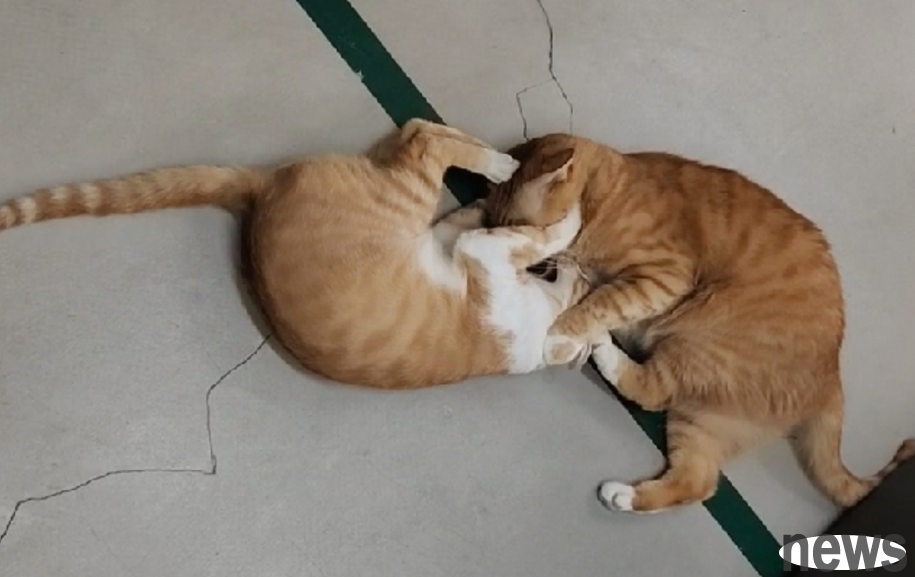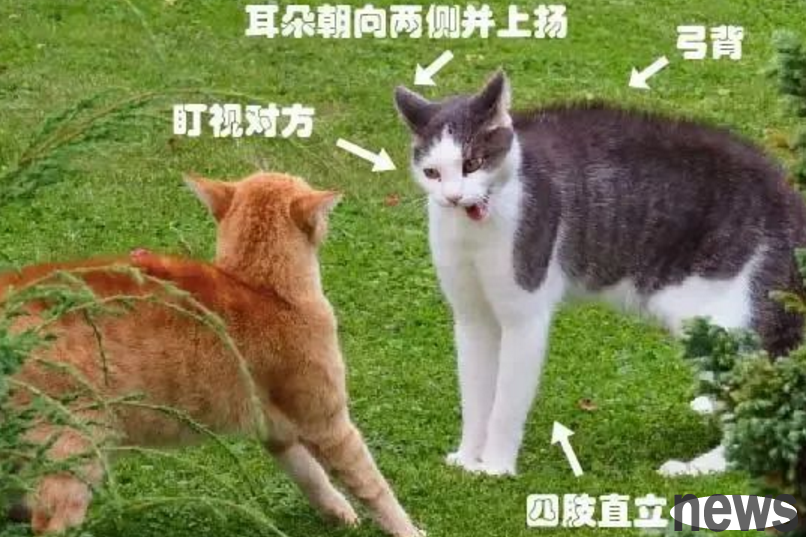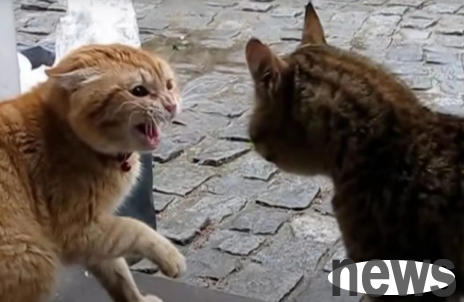It depends on:
① The strength of the kicking each other, whether there is any injured
② The object of the aerial being is the same cat
③ The end of each other, and whether the battlefield will continue

Specific explanation:
① Injury inspection
Due to bites and digging, the wound is usually small and deep, and sometimes it is not easy to detect.
So after the "after the war", pull out the cat's hair and observe whether there are: hair loss, peeling, wounds, abnormal bulges (deep suppuration of old injuries)...
Common injured areas include: the top of the head, both sides of the neck, claw pads, cheeks and brow bones, hind legs, etc.
If you are playing (playful attack), there will usually be no external trauma, and at most it will only be slightly hair loss; but if the fangs and claws are revealed during conflict and the fight is ruthless, the relationship is really disagreement.

② Investigation of the subjects
If you are beaten, chased, flee in panic, lying on the ground with your tail between your legs, and exposing your belly... you are always the same cat, then you are unilaterally bullying. In this case, the relationship is definitely unhealthy (even if nothing happens now, you need to intervene as soon as possible).
In addition, you can also judge whether the weak cat is the same according to the posture during the fight:
③ After the situation is tracked, the situation will continue to fight after a short separation, which means there is a "resentment" and the relationship is not good
If the head-on conflict is over, the following situation will also occur, which also means that the war is continuing:
· Territory battle
If the cat is just a small fight in daily life, the shoveler can watch the show with confidence. Because not long after, you will find that the TAs are getting together again...

But if the relationship between cats is not harmonious for a long time, it is best to intervene as soon as possible! Avoid getting worse and worse; or a cat is oppressed for a long time and becomes ill.
